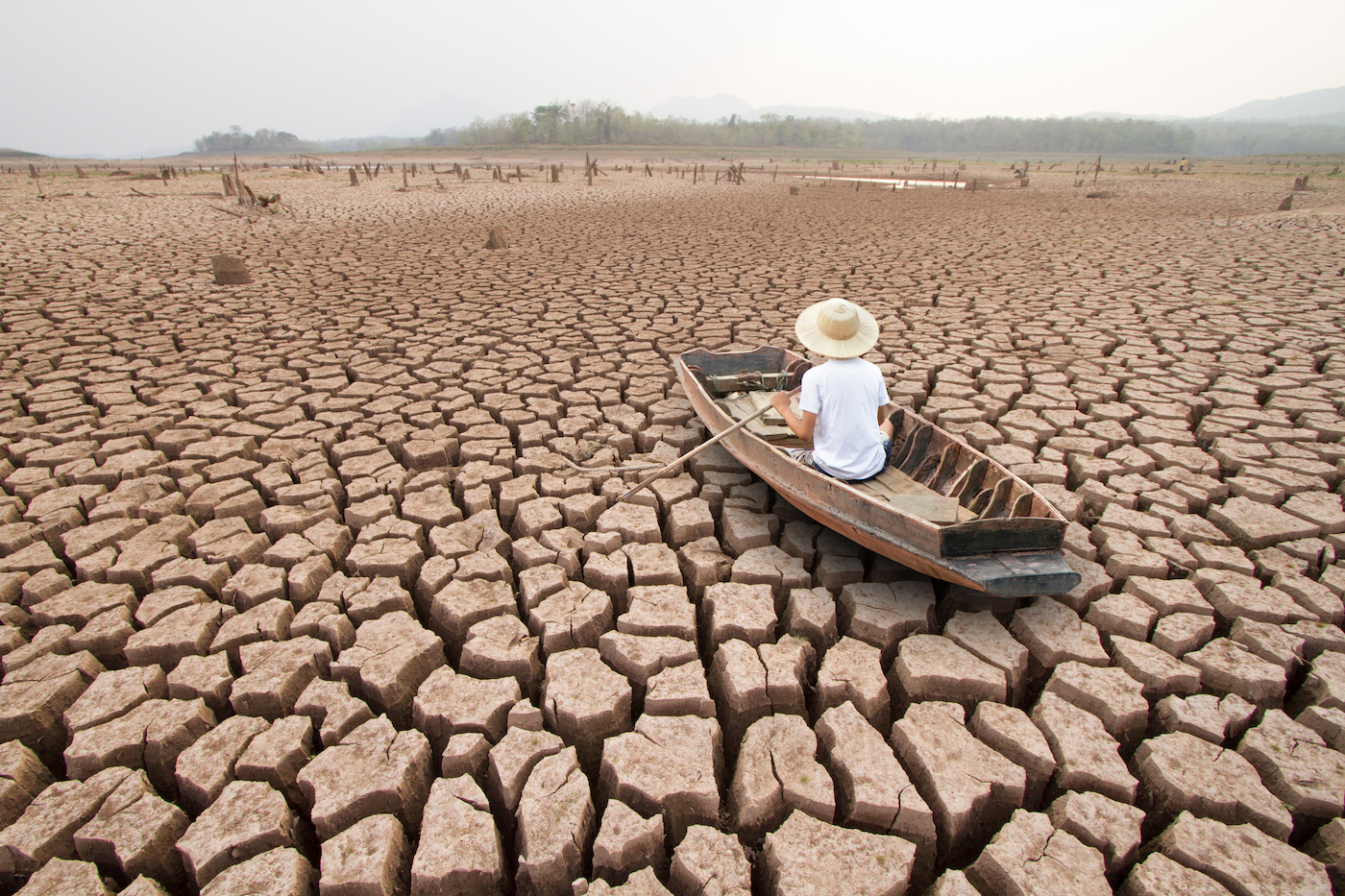🌍 Earth Is Drying Up: What Global Aridification Means for Our Future
In a world where climate change often steals the spotlight, a quieter, more insidious force is at work—global aridification. This gradual shift toward drier conditions is not just a distant concern; it’s unfolding now, affecting 2.3 billion people and impacting 40% of Earth’s land. From the sun-scorched plains of Africa to the once-fertile fields of the U.S. Midwest, aridification is rewriting the rules of agriculture and water management.
🌾 The Breadbasket Under Siege
Consider the Great Plains of the United States, often dubbed the world’s breadbasket. Once abundant in rainfall and rich soil, this region is now grappling with prolonged dry spells and dwindling water supplies. Farmers face a tough dilemma: what to plant, how to irrigate, and how to adapt to a future where water is no longer a given. This isn’t just an American issue; it’s a global challenge that threatens food security on an unprecedented scale.
🔬 Science Speaks: A Call to Action
A recent study published in Nature Water led by Mississippi State University’s Dr. Narcisa Pricope sheds light on the urgency of the situation. The research emphasizes the need for coordinated strategies that integrate water management, land restoration, and agricultural support. It’s a call to transition from reactive measures to proactive planning, ensuring that communities are equipped to handle the realities of a drying world. Dailyscitech
🌱 Solutions on the Horizon
While the challenges are daunting, hope is not lost. Experts advocate for a multifaceted approach to combat aridification:
- Smart Irrigation: Implementing data-driven irrigation systems to optimize water use.
- Drought-Resistant Crops: Developing and planting crops that can withstand prolonged dry periods.
- Land Restoration: Rehabilitating degraded lands to enhance water retention and support biodiversity.
These strategies, when combined, offer a pathway to resilience in the face of aridification. Dailyscitech
🧭 Looking Ahead
The question isn’t whether aridification will continue; it’s how we will respond. Will we wait for the crisis to deepen, or will we act now to safeguard our future? The choices we make today will determine the landscape of tomorrow.Dailyscitech
Call to Action:
What steps can you take to contribute to a more sustainable future? Whether it’s advocating for water conservation policies, supporting sustainable agriculture, or simply educating yourself and others about aridification, every action counts. Let’s be part of the solution. Dailyscitech
Note: This article is based on information from a recent study published in Nature Water and highlights the growing concern of global aridification and its impact on agriculture.










